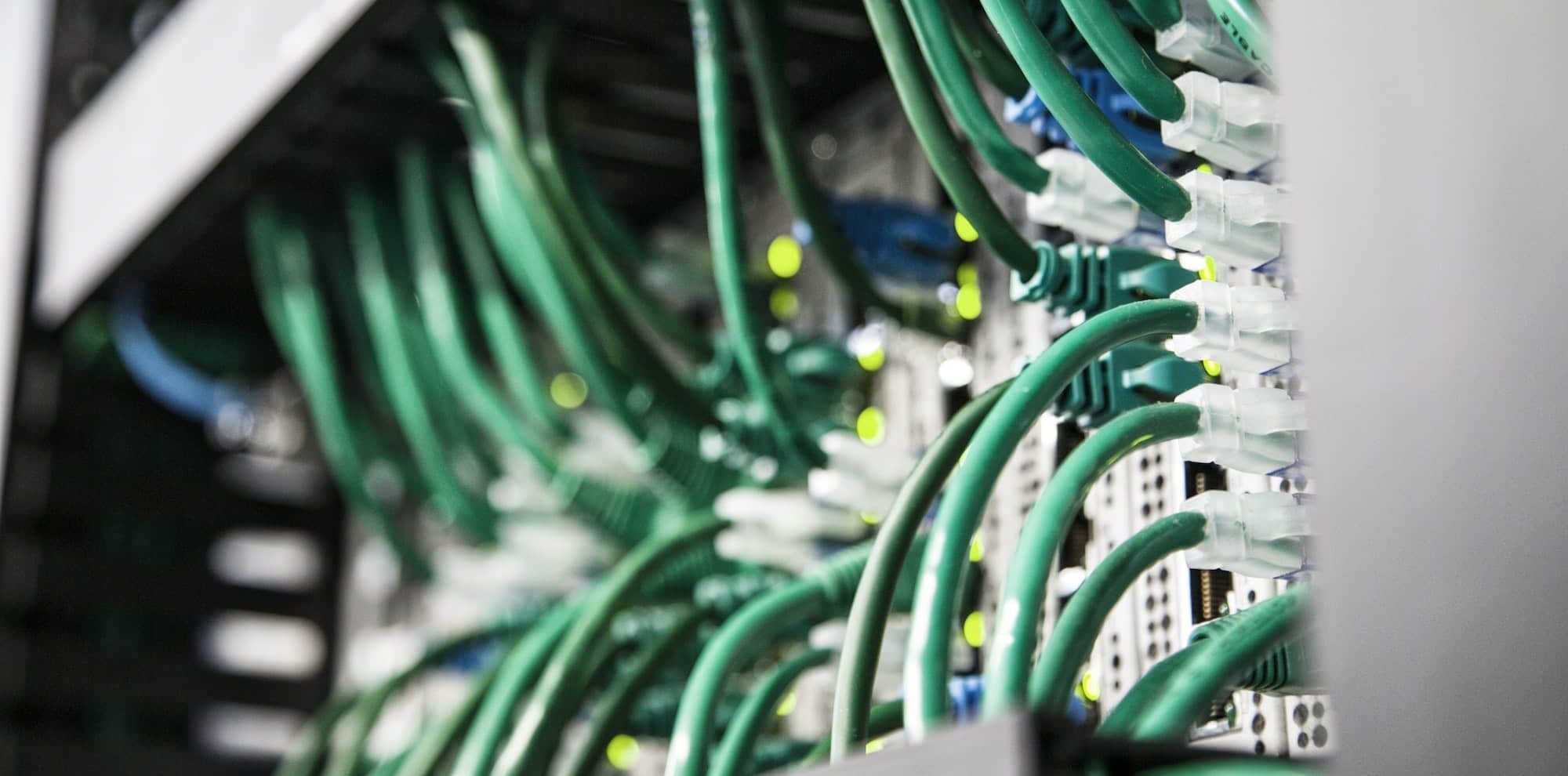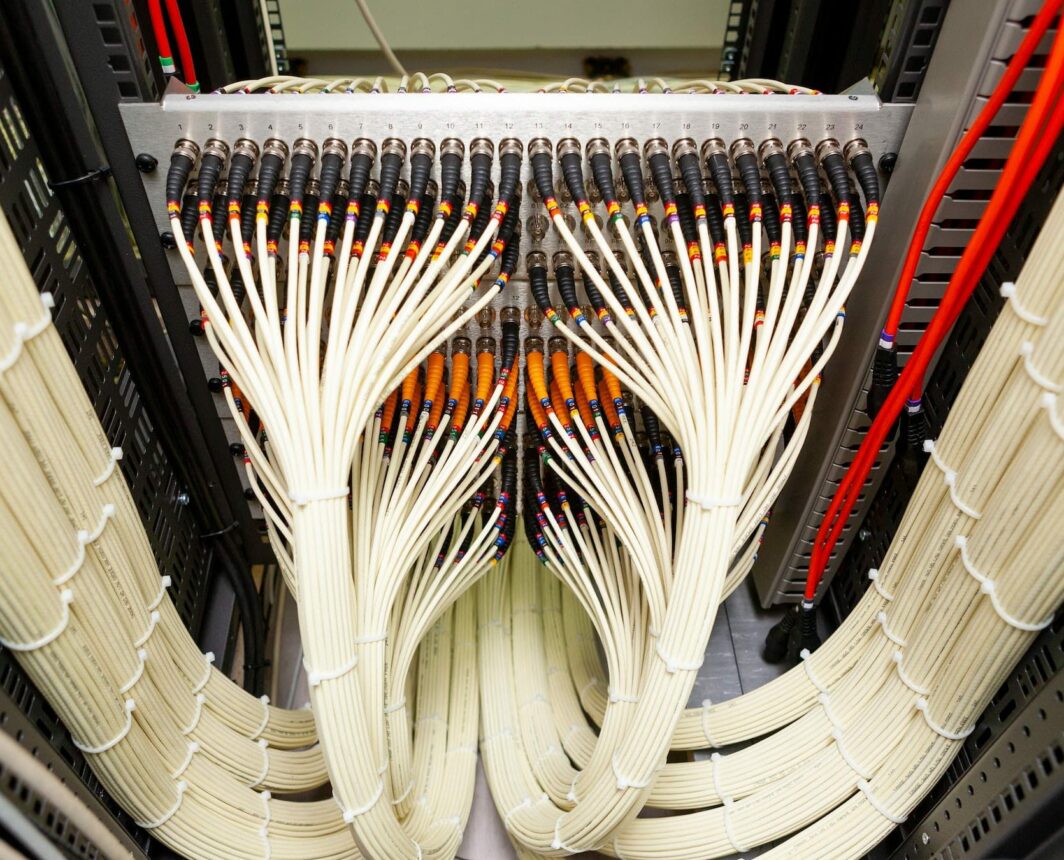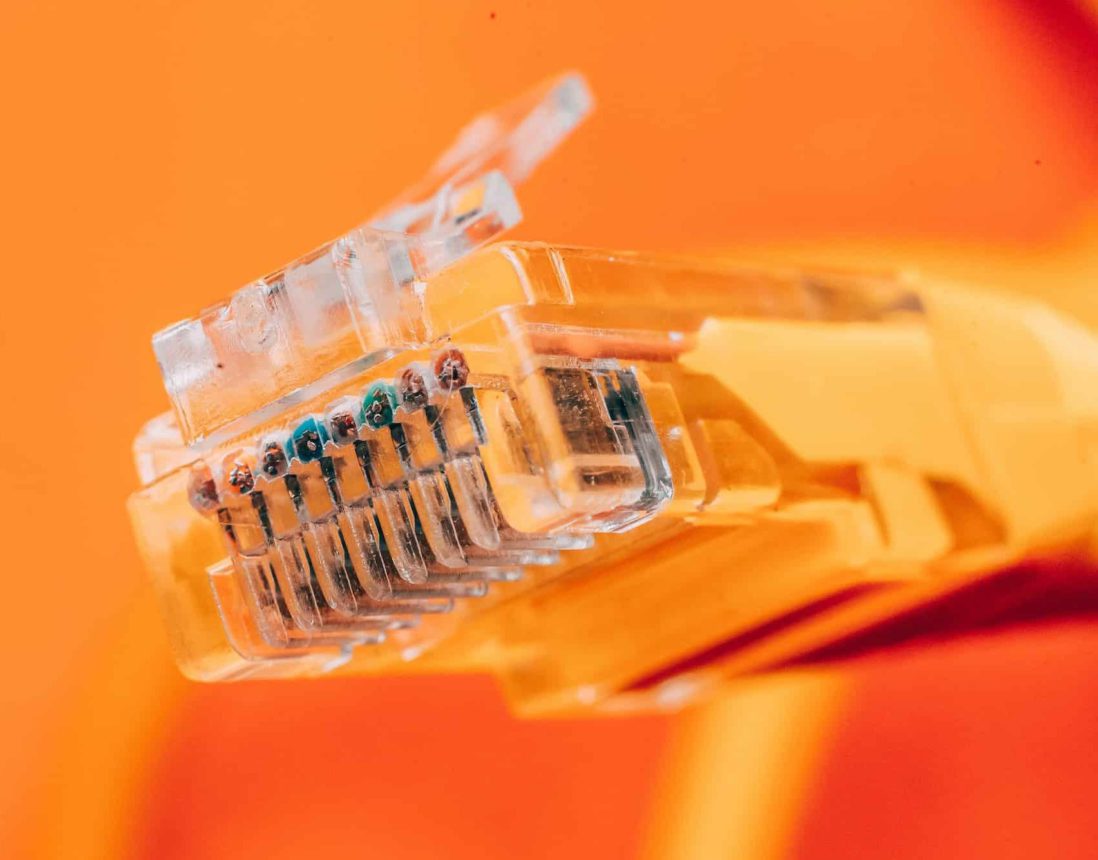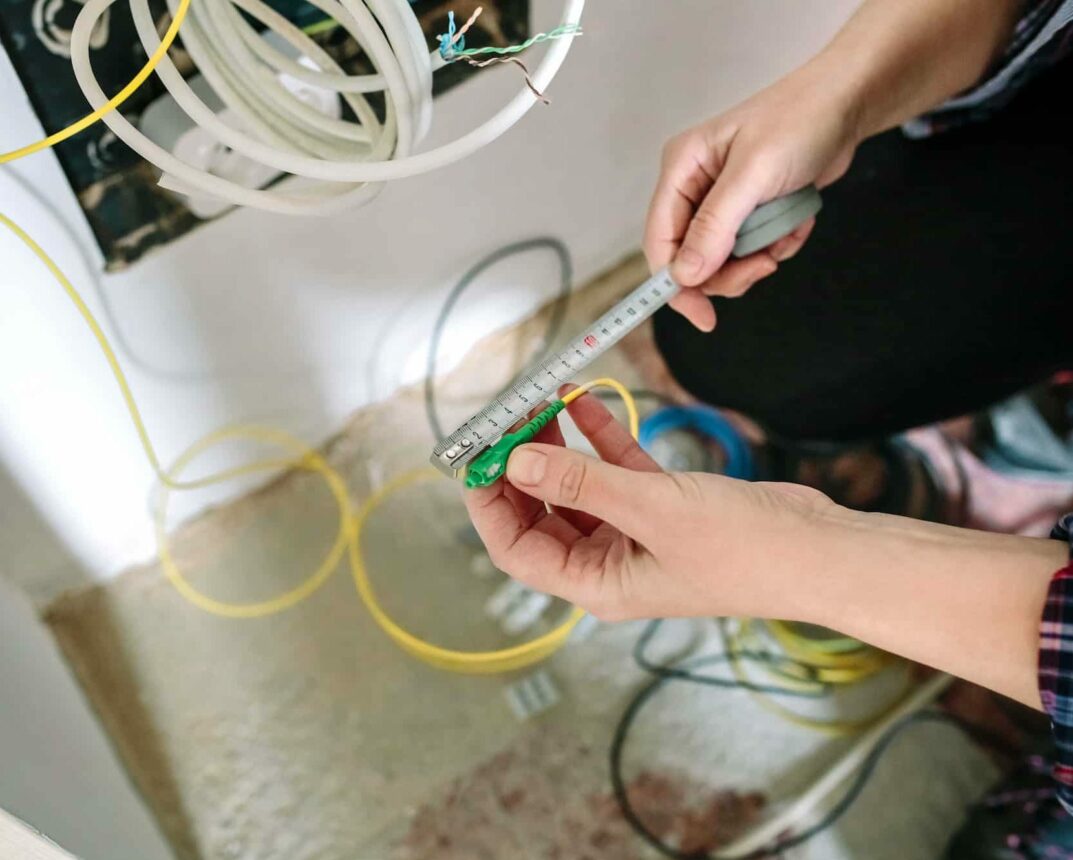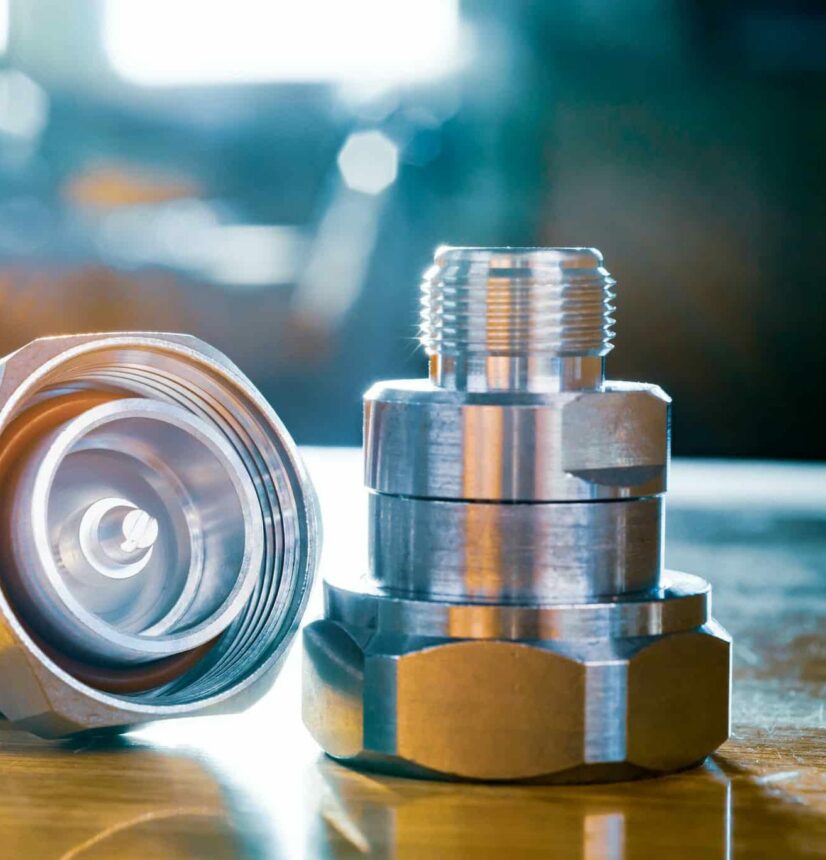Twisted pair cables, commonly referred to as ethernet cables, are communication cables where two conductors within a single circuit are twisted together to improve electromagnetic capabilities. These cables come in two forms: unshielded and shielded twisted pairs.
Unshielded Twisted Pair (UTP): Unshielded twisted pair cables are commonly used as internet and telephone wires and are a sought-after choice because they are inexpensive and easy to install. Their initially limited bandwidth led to the development of “categories,” which are cable tiers that each provide their own benefits and limitations.
Shielded Twisted Pair (STP): Shielded twisted pair cables are ethernet cables specifically designed for business installations because of their special copper wiring. The shield functions as a ground and is added to the standard twisted pair. The shield makes the STP cable viable for businesses because it reduces potential interference and allows for expanded distance functionality between cables.
